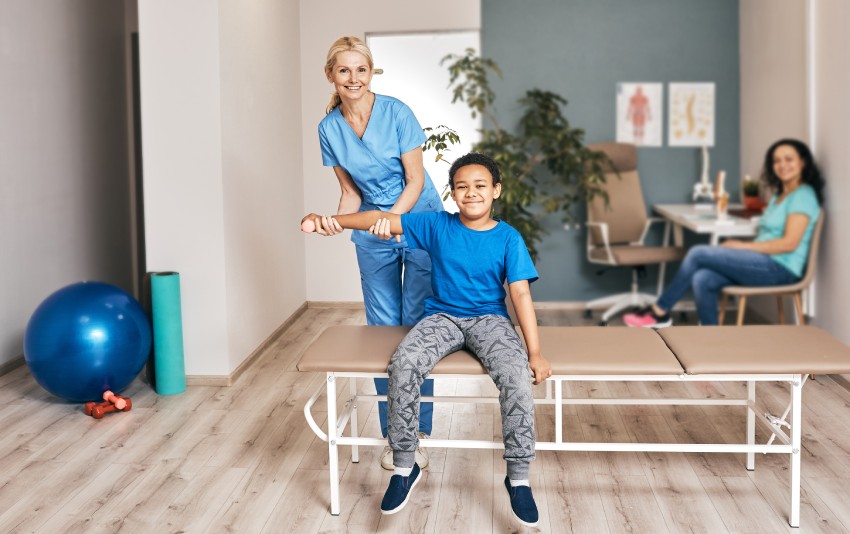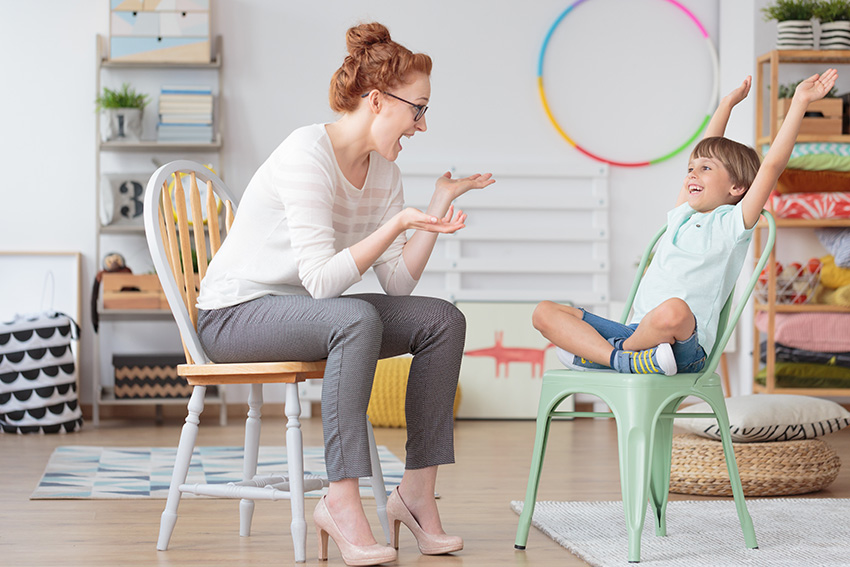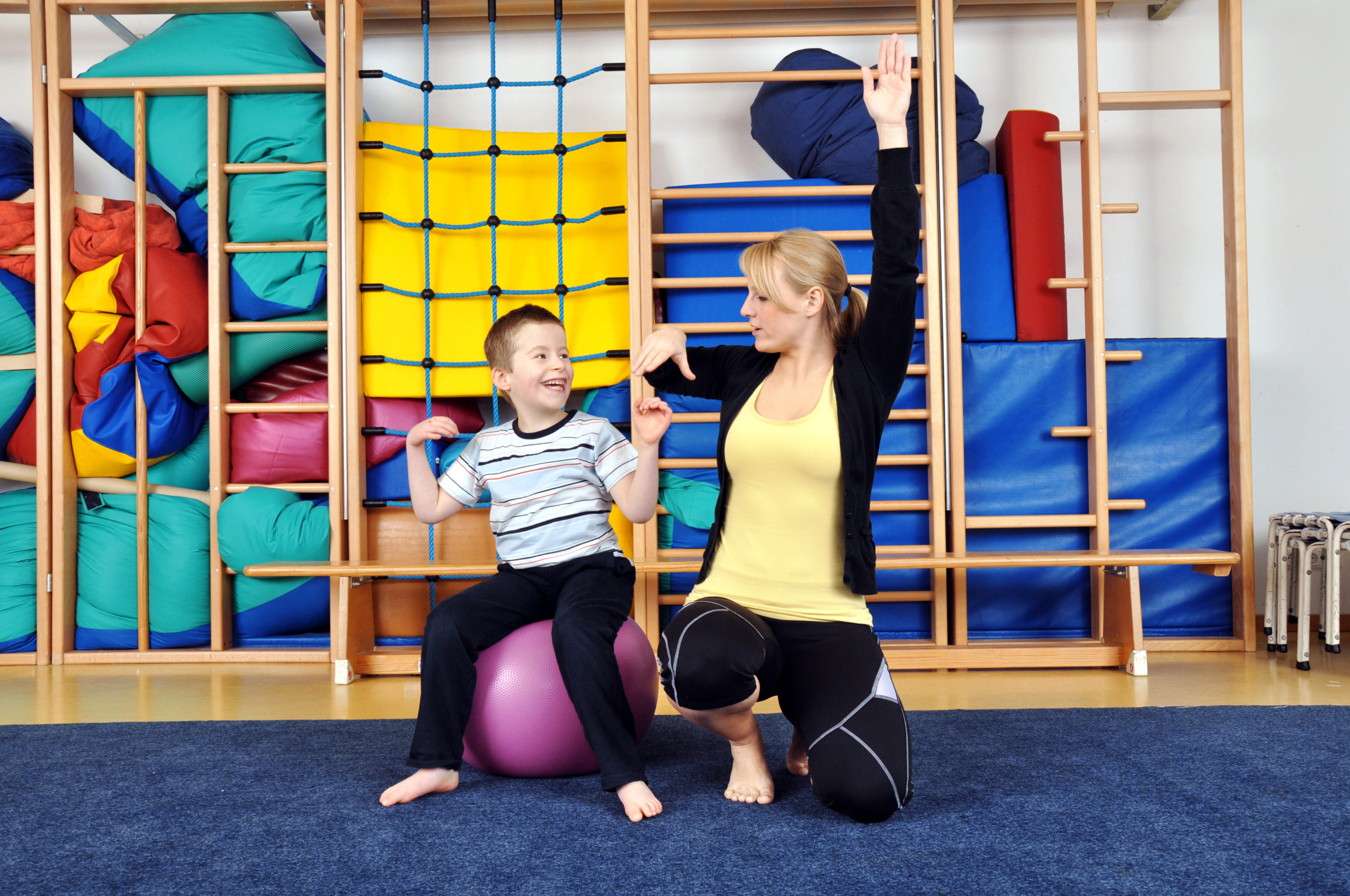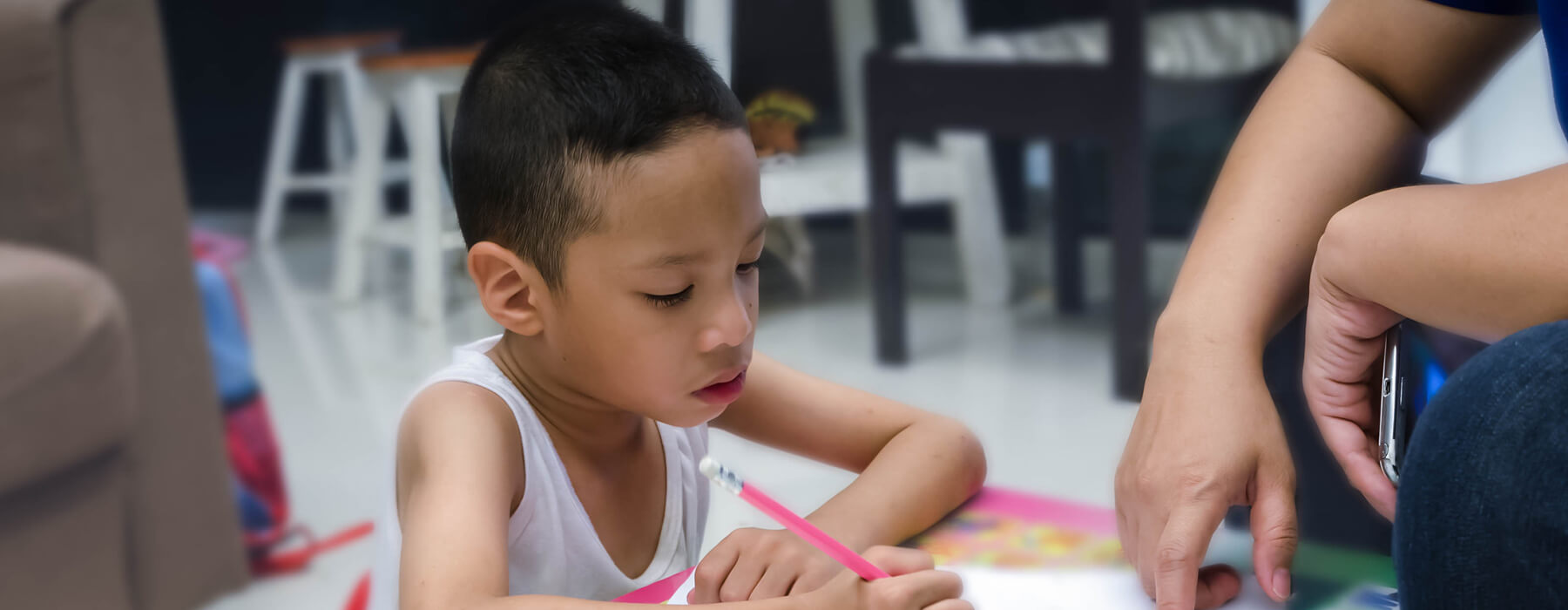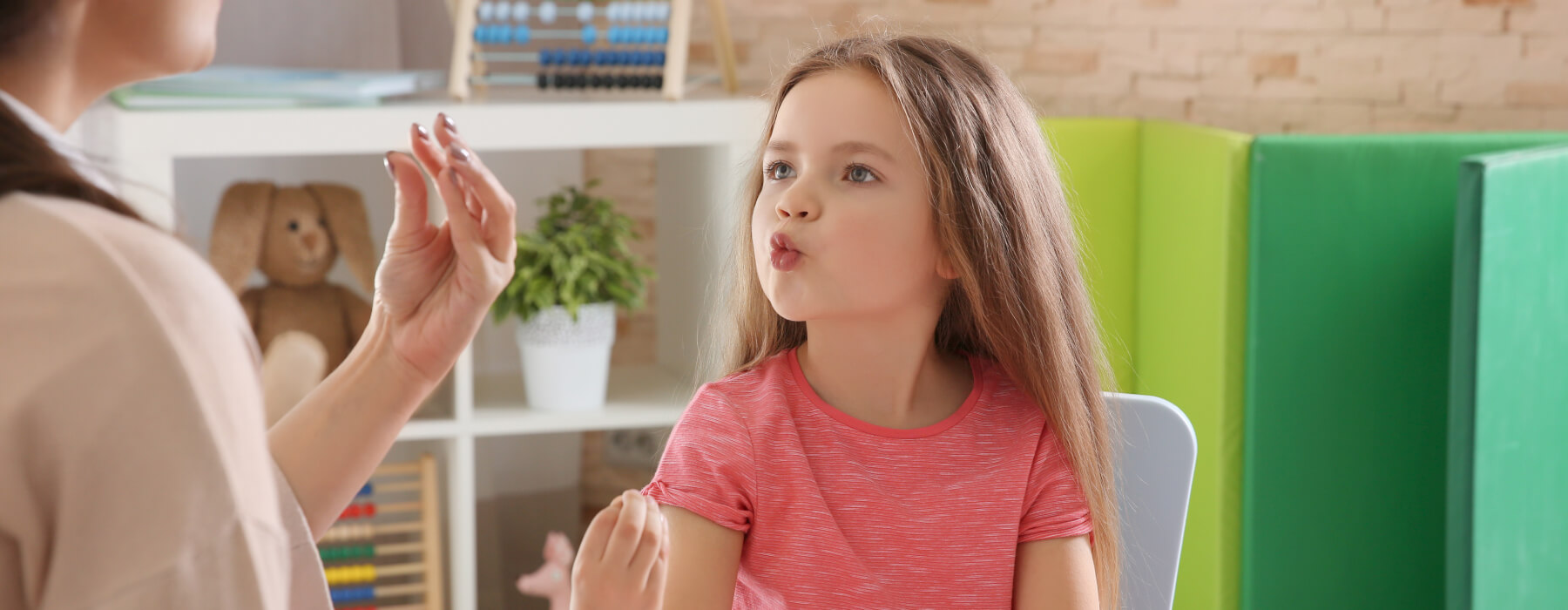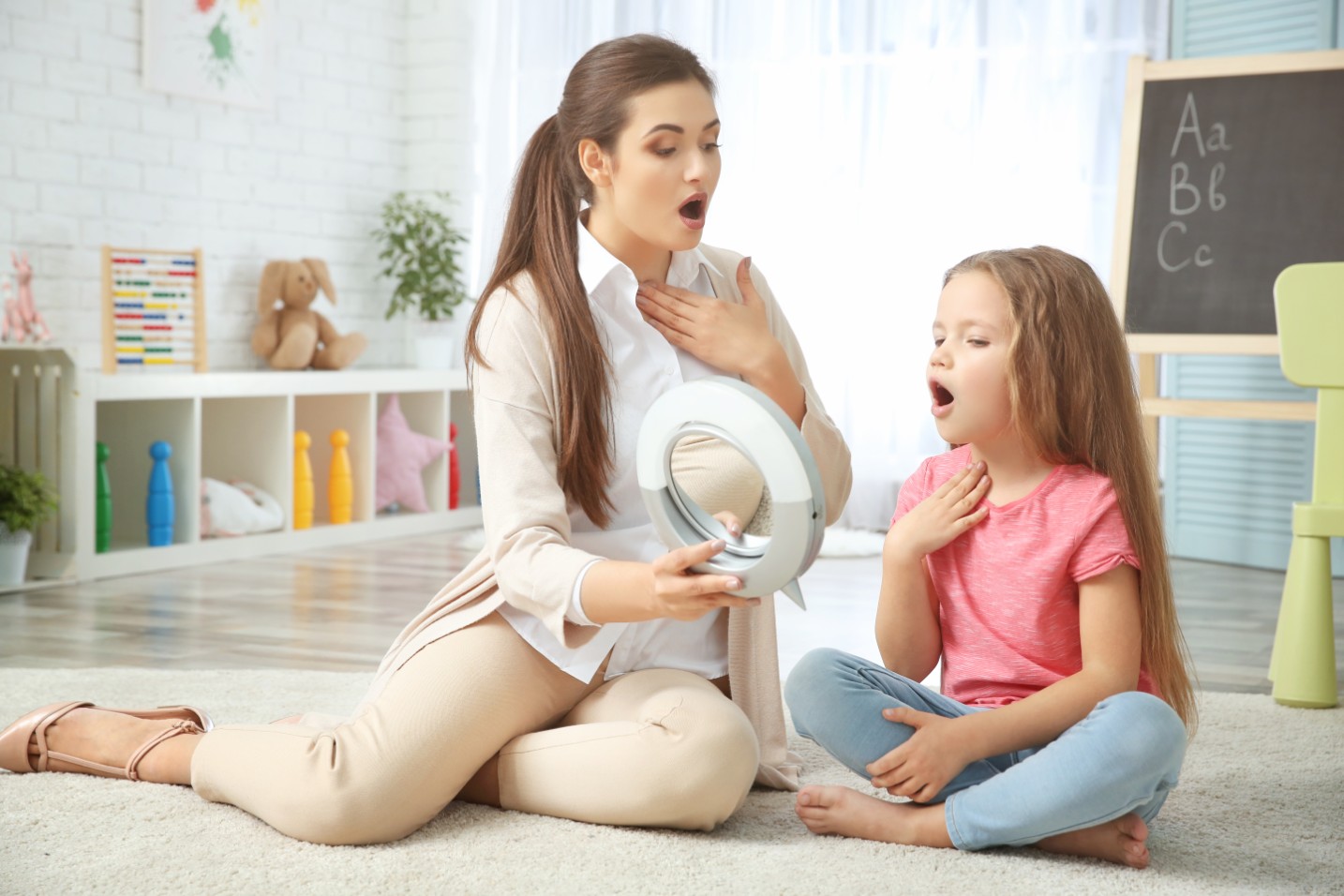
Speech and language disorders are prevalent among children as compared to adults. If left untreated, such disorders can lead to poor and underdeveloped communication skills in children. And that can ultimately affect their social skills, confidence, and mental well-being.
Fortunately, these disorders can be successfully treated with proper speech therapy for kids. Regular sessions at speech rehab for children can help them significantly improve their communication skills and overcome their speech disorders. If your child or the child of your loved ones is suffering from speech and language disorders, it’s best to sign them up for speech therapy as soon as possible.
Read on to learn about speech therapy and how it works for children.
What is Speech Therapy and How Does it Work?
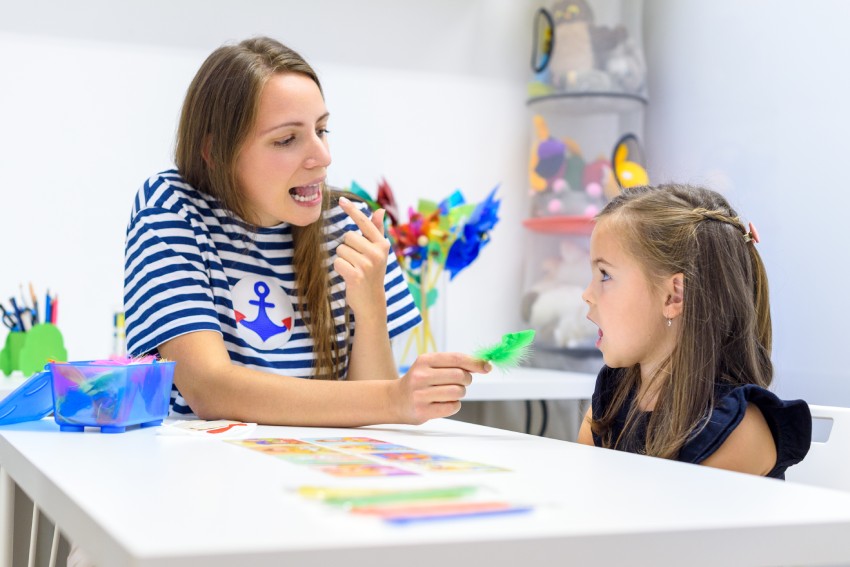
Speech therapy for children involves a series of interactive activities or exercises designed to improve their speech and language. There is no fixed set of procedures in speech therapy, and it varies based on the type of disorders, the child’s age group, and some other factors. It is conducted by a Speech-Language Pathologist (SLP) or a speech therapist, who will examine the child and determine the most appropriate procedures and activities to overcome their specific issues.
Even though speech therapy exercises can vary for every child based on their needs, there are some common elements such as:
- Playful and fun exercises using audio-visual elements such as books, images, stories, etc.
- Teaching children to create certain sounds and pronounce certain syllables, often in a playful manner like a game.
- Encouraging children to talk to each other in group sessions.
- One-on-one sessions with an SLP to focus on specific issues.
- Tasks and activities are given to parents, which they can perform with their children at home.
Who Needs Speech Therapy?
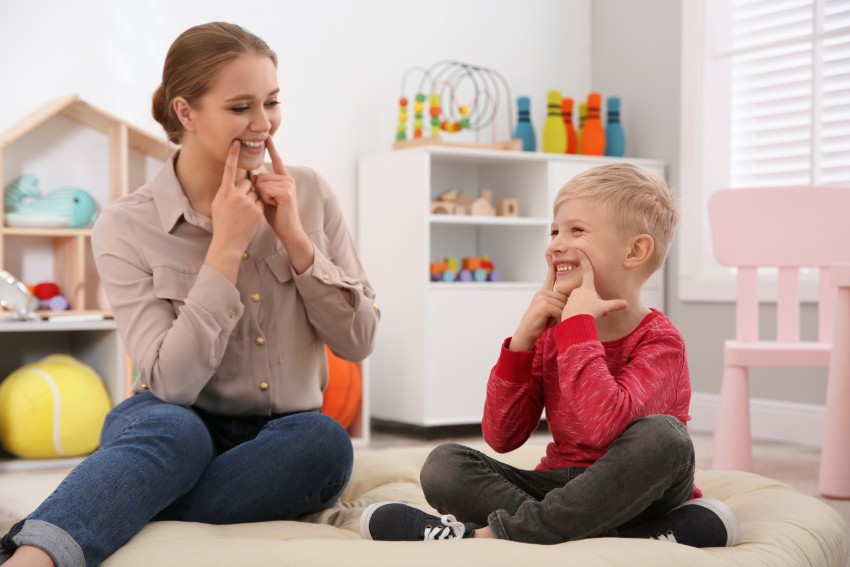
Speech therapy is essential for children with speech disorders. Let’s take a look at some of the common types of speech and language disorders among kids:
- Articulation disorders, where a child may be unable to form specific sounds and syllables.
- Fluency disorders, where a child may have problems with the fluency and flow of their speech, such as stammering and stuttering.
- Receptive disorders, where a child may have a problem understanding and comprehending other people.
- Disorders caused by other conditions such as autism, ADHD, injury to the head, hearing impairments, etc.
How to Identify Speech Disorders in Children?
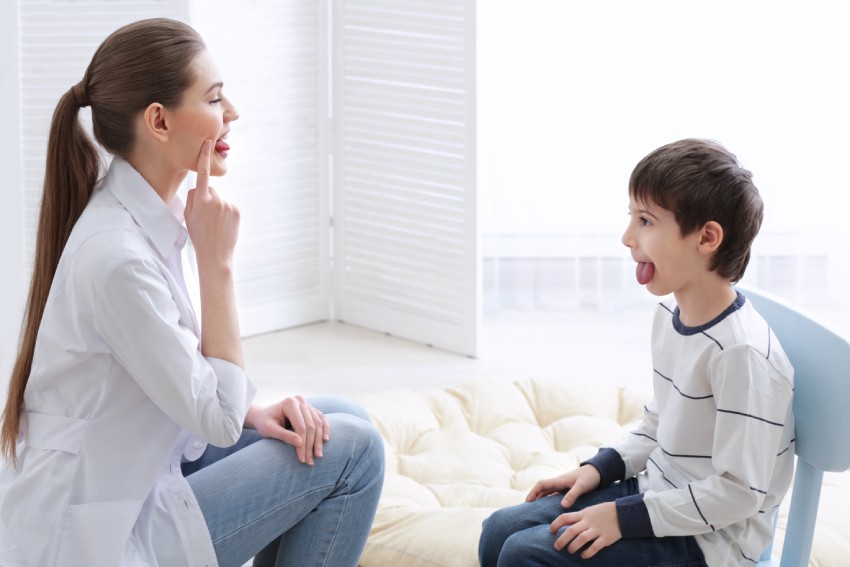
It is crucial to identify if your child has a speech disorder so that you can get them enrolled for speech therapy as early as possible. Sometimes, it can be easy to determine if there are some obvious symptoms such as:
- Stammering or stuttering
- Difficulty pronouncing words and forming sentences
- Slow to pick up new words and sounds
- Unable to create certain sounds, for example, many kids often use ‘th’ sound in place of hard consonant sounds like ‘s’ and ‘t’. (‘Cat’ is pronounced as ‘Cath’, ‘Seven’ as ‘Theven’)
But even if you observe these symptoms, they may not always be a sign of speech disorder. These things are also common in normal children as a part of their growth and development. The key difference is that normal children will overcome and outgrow these symptoms naturally, whereas, in kids with a speech disorder, it will persist even as they grow.
Apart from these, there are some more not-so-obvious signs that you should look out for, such as:
- Limited vocabulary that doesn’t seem to grow with time
- Difficulty understanding instructions, even simple ones
- Your child talks very less and is usually quiet or shy in social gatherings
The best thing parents can do is keep a keen eye on their children’s speech and monitor the development of the kid’s communication skills. If one or more symptoms present themselves over a period of time, it’s best to visit a speech rehab for kids and consult an SLP.
Speech Therapy for Kids RGV
Parents desire to provide their children with the best life. As a speech disorder can seriously hamper the quality of life of your kids in the long run, it’s not something to be taken lightly.
Be vigilant and aware of speech disorders. Track your child’s speech and language development from an early age (as soon as they start producing sounds and forming words). And if you suspect something is out of the ordinary or observe some speech disorders symptoms, consult an SLP in RGV immediately.
Speech and language disorders may seem frustrating for both you and your child. But speech rehab for kids/children in RGV is proven effective, and with the right activities and disorders, your child can certainly overcome the disorder and significantly improve their communication skills.



